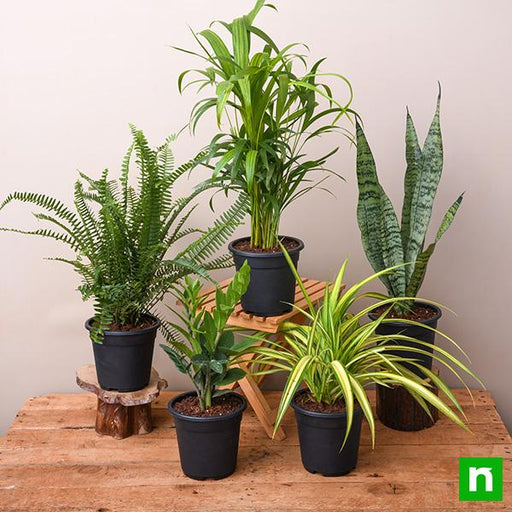Types of Herb Plants
Herb plants come in a variety of types, each with its unique characteristics, flavors, and growth habits. In this article, we will explore the different types of herb plants and provide information on how to grow and care for them.
Growing Herb Plants
Growing herb plants can be a fun and rewarding experience. In this article, we will provide tips and advice on how to grow herb plants successfully, including soil preparation, watering, and fertilization.
Care and Maintenance of Herb Plants
Proper care and maintenance of herb plants can help them thrive and produce a bountiful harvest. In this article, we will discuss the best practices for pruning, fertilizing, and pest control of herb plants.
Herb Plant Diseases
Herb plants are susceptible to a variety of diseases, including fungal infections, bacterial diseases, and viral infections. In this article, we will explore the common diseases that affect herb plants and provide tips on how to prevent and treat them.
Herb Plant Pests
Herb plants can be attacked by a variety of pests, including insects, mites, and rodents. In this article, we will discuss the common pests that affect herb plants and provide tips on how to prevent and control them.
Benefits of Herb Plants
Herb plants not only add flavor and aroma to your meals but also offer a range of health benefits. In this article, we will explore the many benefits of herb plants, including their ability to aid digestion, boost immunity, and reduce inflammation.
Herb Plants for Landscaping
Herb plants are a popular choice for landscaping due to their beauty, fragrance, and ability to attract beneficial insects. In this article, we will provide advice on how to choose the right herb plants for your landscape and how to incorporate them into your overall design.
Herb Plants for Cooking
Herb plants can add flavor and nutrition to your meals. In this article, we will explore the best herb plants for cooking and provide tips on how to use them in your favorite recipes.
Herb Plants for Tea
Some herb plants can be used to make flavorful and healthy teas. In this article, we will explore the best herb plants for tea and provide a recipe for a delicious herb tea.
Herb Plants for Medicine
Herb plants have been used in traditional medicine for centuries due to their many health benefits. In this article, we will explore the medicinal properties of herb plants and provide information on how to use them for various health conditions.
Herb Plants for Aromatherapy
Some herb plants, such as lavender and peppermint, are popular for their ability to soothe and relax the mind and body. In this article, we will explore the best herb plants for aromatherapy and provide tips on how to use them.
Herb Plants for Natural Beauty Products
Herb plants can also be used to make natural beauty products, such as face masks and body scrubs. In this article, we will explore the best herb plants for natural beauty products and provide recipes for some DIY skincare products.
Herb Plants for Dyeing
Some herb plants, such as indigo and madder, can be used to dye fabrics and yarns. In this article, we will explore the best herb plants for dyeing and provide tips on how to create beautiful and unique colors.
Herb Plants for Companion Planting
Herb plants are often used as companion plants to other vegetables and flowers to repel pests, attract beneficial insects, and improve soil health. In this article, we will explore the best herb plants for companion planting and provide tips on how to incorporate them into your garden.
Herb Plants for Indoor Use
Some herb plants can be grown indoors to provide fresh herbs all year round. In this article, we will explore the best herb plants for indoor use and provide advice on how to care for them.
Herb Plants for Outdoor Use
Most herb plants are grown outdoors in warm and humid climates. In this article, we will explore the best herb plants for outdoor use and provide tips on how to care for them.
Herb Plants for Topiary
Some herb plants, such as rosemary and thyme, can be shaped into topiaries for a unique and artistic touch to your garden. In this article, we will explore the best herb plants for topiary and provide tips on how to shape them.
Herb Plants for Pruning
Pruning herb plants can help to improve their shape, encourage growth, and control diseases and pests. In this article, we will provide tips on how to prune herb plants effectively.
Herb Plants for Edible Landscaping
Herb plants are a popular choice for edible landscaping due to their delicious flavor and unique texture. In this article, we will explore the best herb plants for edible landscaping and provide information on their culinary uses and growing requirements.
Herb Plants for Climate Zones
Herb plants have different growing requirements depending on the climate zone they are grown in. In this article, we will explore the best herb plants for different climate zones and provide tips on how to care for them.

























































